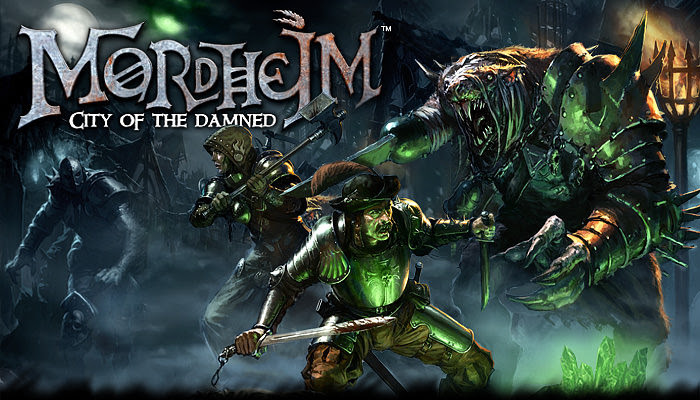Review: Mordheim: City of the Damned
Community
Mordheim: City of the Damned
Rogue Factor/Focus Home Interactive
Reviewed on: PC (exclusive)
Street: 11.19
Strategy games have seen resurgence in recent years, with the success of X-COM: Enemy Unknown paving the way for similar titles. Tactical RPGs seem to be cursed to either be brilliant or mediocre, and thankfully in the case of Mordheim: City of the Damned, it’s the former. The game’s punishing difficulty, visceral combat, and bleak setting all come together to create an experience that will have you cursing the city time and time again as it snatches away units you grow attached to.
Mordheim takes place in the Warhammer fantasy setting, which should sound familiar to those acquainted with tabletop gaming. A twin-tailed comet has crashed into the city, sparking a conflict for control of a mysterious new resource among four major factions. The four playable races are a group of human mercenaries, the savage Skaven ratfolk, the Sisters of Sigmar, and the Cult of the Possessed. Each of the campaigns varies slightly, but for the most part they’re broken up into story missions and skirmishes.
Story missions are infrequent but always enjoyable, each map introducing new concepts for you to play with while you take a slight break from skirmishing, the real meat of the game. You control your units in turn-based combat across various maps; planning out attacks and counterattacks while avoiding various environmental hazards. Your squad will have anywhere between four and ten units at a given time, and though you can recruit additional members, I found myself getting attached to particular units, something I can’t in good conscience recommend you do unless you want to have a bad time. Every time a unit drops to zero health in a map, they suffer a permanent injury moving forward. In rare cases, they’ll die outright, leaving a hole in your squad, your battle plan, and your heart. Skirmish maps are procedurally generated, so you’ll have to think on your feet in order to get most of your squad out intact. Battles aren’t over when one side is wiped out entirely. Instead, after certain factors are met and enough damage has been dealt either you or your enemy will surrender. This leads to numerous tense moments, with me alternating between swearing profusely at enemies refusing to surrender and begging my own troops to give up early when the odds turned against us.
In between battles, you’ll play the long game in terms of strategy. Each of your units demands an upkeep cost in order to continue risking their lives for you, so before heading off to buy the shiniest new equipment you’ll need to consider how many more battles you can afford to fight with your team.
Mordheim also includes an online multiplayer mode that functions in an identical manner to the skirmish maps, albeit pitting you against a human opponent rather than a computerized one. From the few matches I played, it’s clear that game balance is needed. On more than one occasion I was matched with a team that vastly overpowered mine in terms of raw numbers (as in the potential damage dealt and reduced by equipment, not the actual number of units).
Mordheim’s visuals and score are passable, but not enough to justify the long loading times that await you between maps, and for all of the tutorials it offers, it’s not a game for genre newcomers. If you’re the type of gamer who looks fondly back to the days of hand painting miniatures and shelling out hundreds of dollars for environments and special units, then Mordheim will be perfect for you. If you’re just starting to dip your toes into the ocean that is grand strategy gaming, then take a risk on Mordheim. It’s punishing, even frustrating at times, but you’ll have a great time battling your way through its dark alleyways and crumbling squares.

